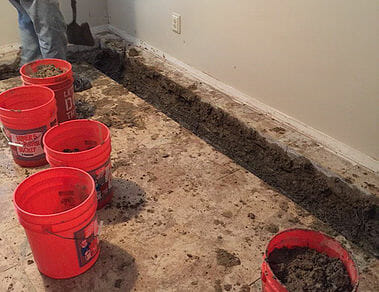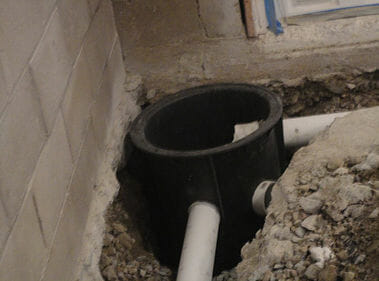Four steps to a dry, usable space in your basement
Installing a sump pump and waterproofing system is the least disruptive and most effective way to keep a basement dry all the time and 911 Foundation technicians are expert to install a complete sump pump system.




